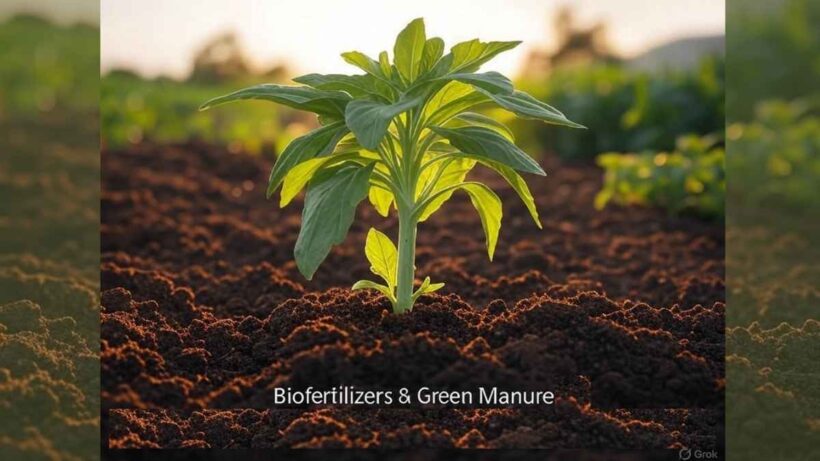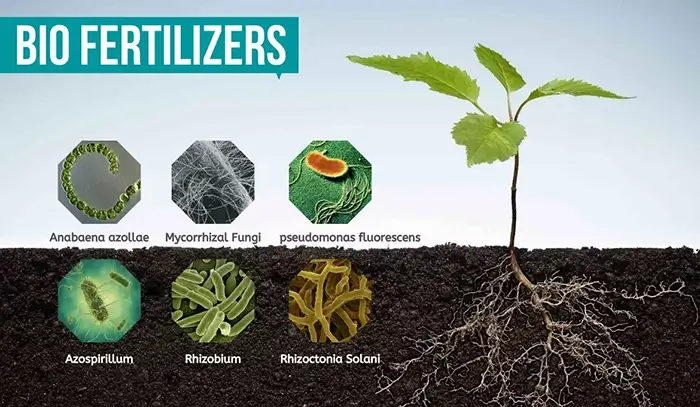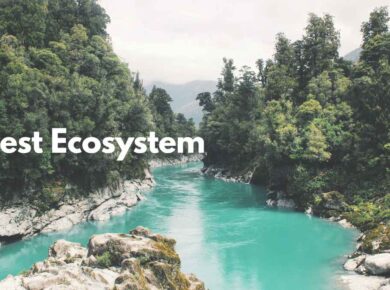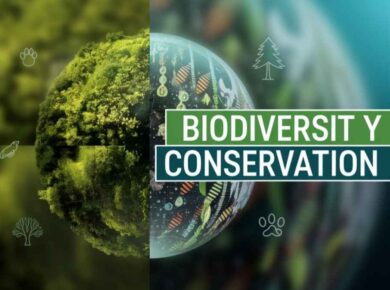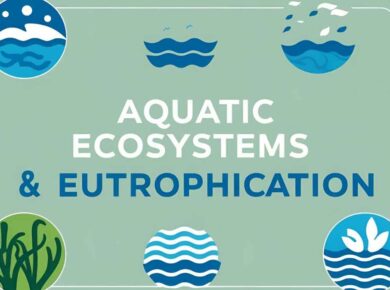Biofertilizers and Green Manure
Biofertilizers (a type of organic fertilizers)
Substance which contains living microorganisms ex. Azobacter, Rhizobium, Bacillus, Nostac, Anabaena. When applied to seed, plant surfaces, or soil, it promotes growth by increasing the supply or availability of primary nutrients (nitrogen, Phosphorous etc.) to the host plant
Pros
|
Cons
|
Green Manure
- a type of cover crop grown primarily to add nutrients and organic matter to the soil.
- a green manure crop is grown for a specific period of time, and then ploughed under and incorporated into the soil while it is still green or shortly after flowering
- provides subsidy on purchase of seeds & on cost for production of seeds for green manure plants
|
Types |
|
Leguminous plants
|
Non-leguminous plants
|
Advantages
- Helps in soil improvement and soil protection
- Provides forage for pollinating insects
- Deep rooting properties > Increase aeration of soil+ Efficient at suppressing weeds
- Fix nitrogen in soil, thus Less chemical fertilizers are required
- Provides habitat for predatory beneficial insects which kill and eat harmful insects thus less pesticides are required
Disadvantage
- Leguminous plants require good amount of irrigation
- The “time” factor: you cannot plant the primary marketable crop during green manuring phase.
For more updates, explore the Environment category. Feel free to share your thoughts and comments
If you’re passionate about building a successful blogging website, check out this helpful guide at Coding Tag – How to Start a Successful Blog. It offers practical steps and expert tips to kickstart your blogging journey!
